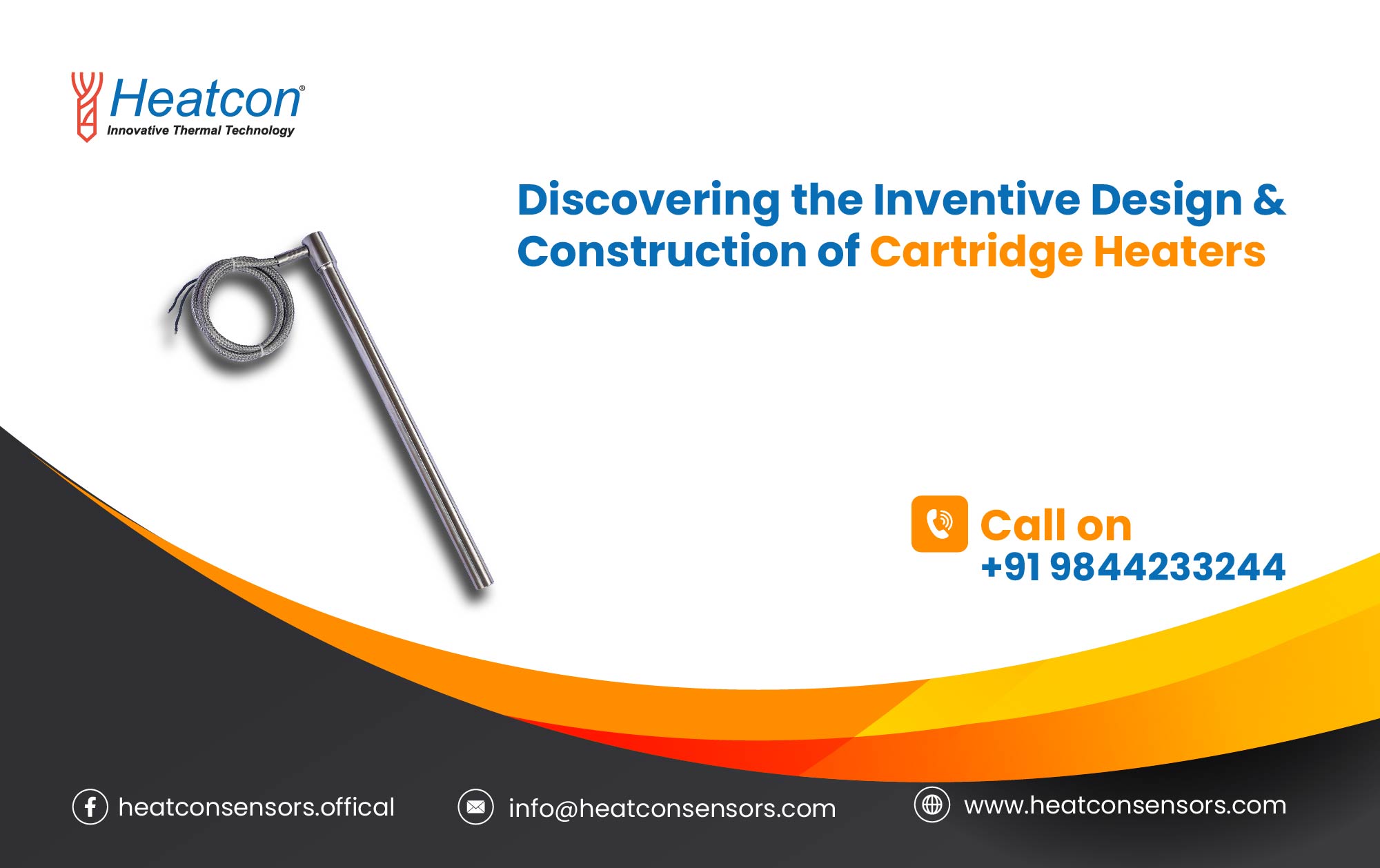Cartridge heaters might appear to be quite humble components inside the vast industrial machinery, but you cannot deny their huge significance. These cylindrical devices tend to play a pivotal role in a vast gamut of industry-related applications, from plastic injection moulding to food processing and whatnot! Behind their apparently sober look lies a much-sophisticated design as well as an intricate construction procedure engineered for efficiency & precision.
Fathoming the Basics
At the core, cartridge heaters tend to contain a cylindrical stainless-steel tube, which is normally filled with a resistance wire made of nickel-chromium that is enveloped by MgO (magnesium oxide) insulation. Such a compact design gives room for high watt densities as well as rapid heat transfers, thus making these heaters apt for those industrial applications that have localized heating as an important aspect.
The Anatomy of Cartridge Heaters
- Sheath Material: The outermost layer of a cartridge heater is typically made from stainless steel, though other materials including brass/Incoloy could also be used as per the application’s requirements. Stainless steel tends to provide high durability, good corrosion resistance, and great thermal conductivity.
- Resistance Wire: Settled inside the sheath is the cartridge heater’s heart, which happens to be this resistance wire. Usually constructed from the alloy of nickel & chromium (NiCr), the resistance wire gives the electrical resistance fundamental to create heat when current passes through it.
- Insulation: Bordering the resistance wire happens to be a layer of MgO (magnesium oxide) insulation. This tends to serve more than 1 purpose. One, it provides electrical insulation, and second, it also increases thermal conductivity, which ensures effective heat transfer from the wire to the sheath.
- Lead Wire: This extends from 1 end of the heater and helps in connecting the resistance wire to the external power source. A lead wire is typically insulated with the help of materials like fiberglass, silicone, etc., to withstand high temperatures and avoid any electrical shorts.
Precision Engineering & Stout Manufacturing
The design & construction of cartridge heaters requires a thorough eye for detail & precision engineering. Manufacturers make use of advanced manufacturing techniques like swaging, welding, & laser cutting for the purpose of creating such cartridge heaters that achieve exact specifications.
Applications & Benefits of Cartridge Heaters
The versatility of cartridge heaters makes them vital across a gamut of industries. From heating moulds in plastic injection moulding to maintaining accurate temperatures in lab equipment, these heaters tend to provide reliable & effective heating solutions. Their benefits include high watt densities, compact design, durability, and reliability.
Conclusively, while cartridge heaters might appear to be quite simple, their design & construction reflect an amalgamation of precision engineering & advanced manufacturing techniques. From stainless-steel sheaths to intricate arrangements of resistance wires & insulation, every aspect of their design is carefully crafted to deliver effective & reliable heating solutions across a myriad of industries. Whether it is moulding plastics or heating liquids, these humble cartridge heaters continue to play a pivotal role in powering modern-day industrial processes. Get the best product(s) from Heatcon Sensors!


